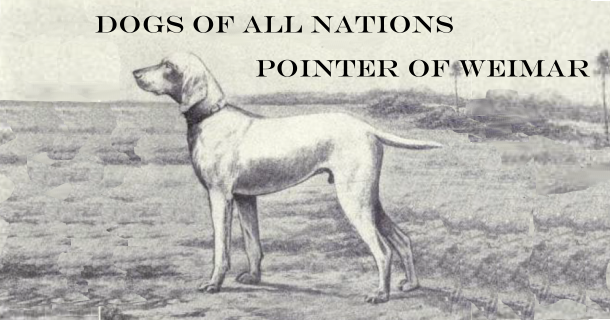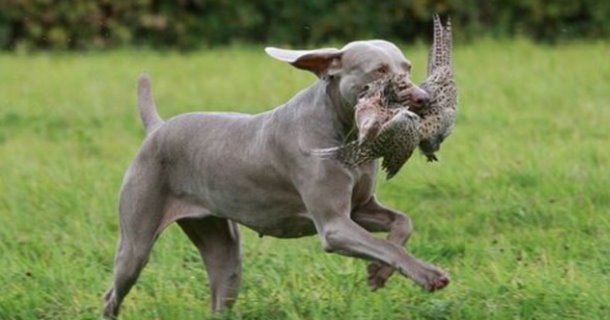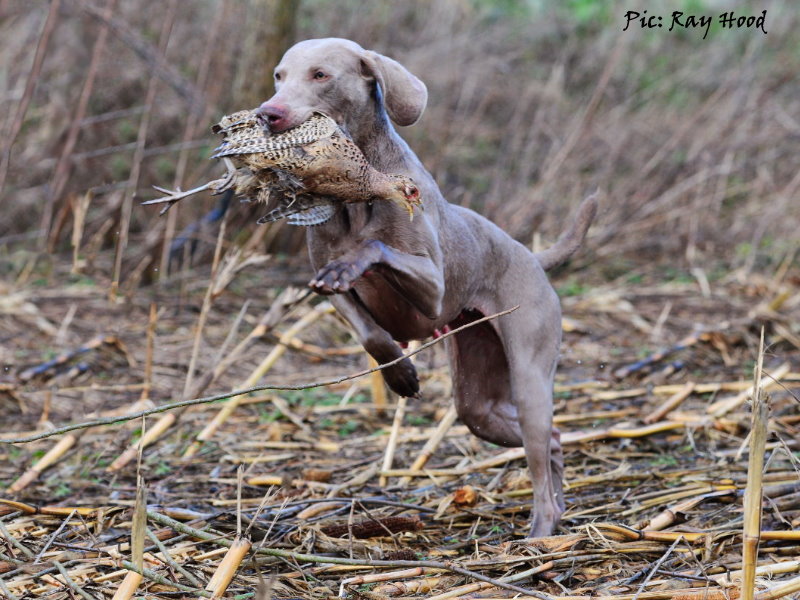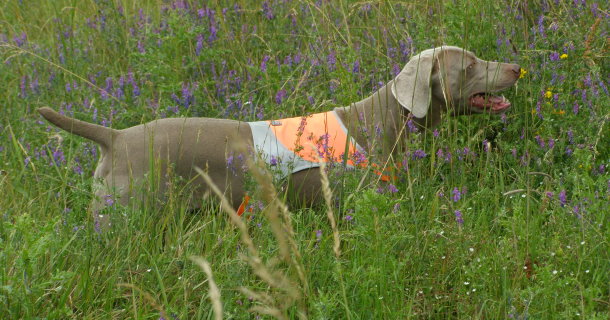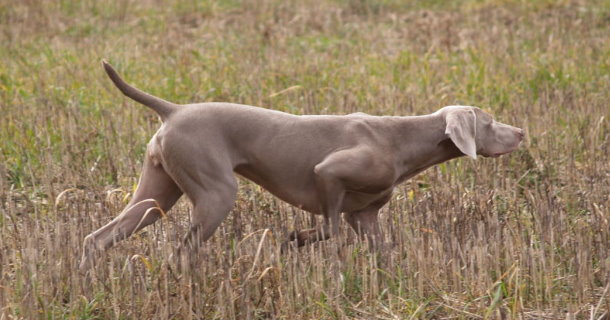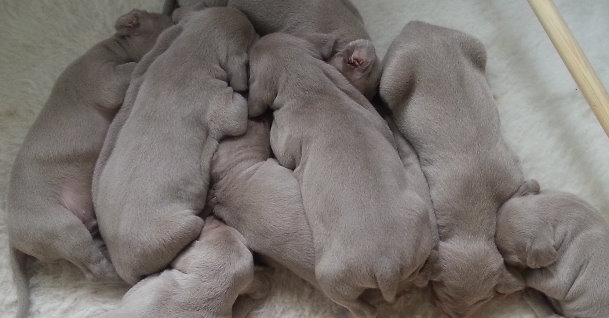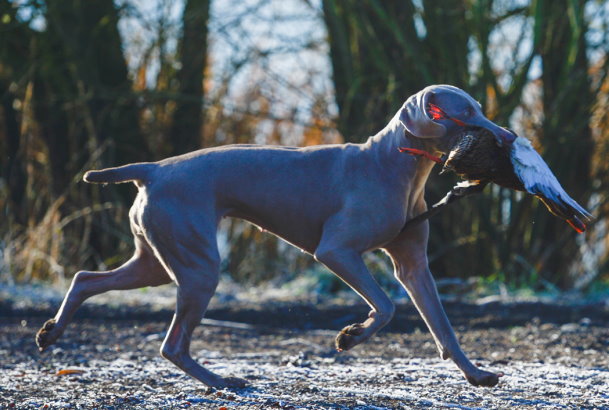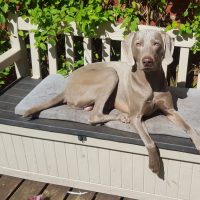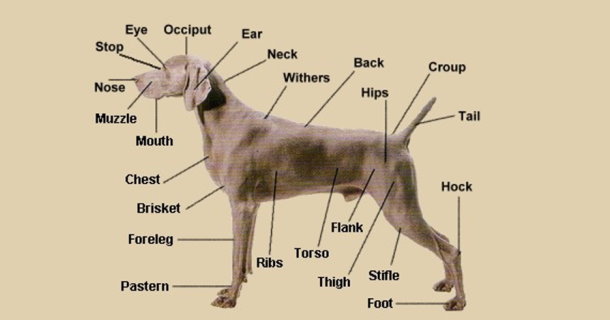
General Appearance: Medium sized, grey with light eyes. Presents a picture of power; stamina and balance
Characteristics: Hunting ability of paramount importance
Temperament: Fearless, friendly, protective, obedient and alert.
Head and Skull: Moderately long aristocratic: moderate stop, slight medium line extending back over forehead. Rather prominent occipital bone. Measurement from top of nose to stop equal to measurement from stop to occipital prominence. Flews moderately deep, enclosing powerful jaw. Foreface straight and delicate at the nostrils. Skin tightly drawn. Nose grey.
Eyes: Medium sizes round. Shades of amber or blue-grey. Placed far enough apart to indicate good disposition, not too protruding or deeply set. Expression keen, kind, and intelligent.
Ears: Long, lobular, slightly folded, set high. When drawn alongside the jaw, should end approximately 1” from point of nose
Mouth: Jaws strong with a perfect regular and complete scissor bite i.e. Upper teeth closely overlapping lower teeth and set square to the jaw. Lips and gums of pinkish flesh colour. Complete dentition highly desirable.
Neck: Clean cut and moderately long.

UK Breed Standard
Forequarters: Forelegs straight and strong. Measurement from elbow to ground equal to distance from elbow to top of withers.
Body: Length of body from highest point of withers to root of tail should equal the measurement from highest point of withers to ground. Topline level with slightly sloping croup. Chest well developed, deep. Shoulders well laid. Ribs well sprung , ribcage extending well back. Abdomen firmly held, moderately tucked up flank. Brisket should drop to elbow.
Hindquarters: Moderately angulated with well turned stifles. Hocks well let down, turned neither in nor out. Musculation well developed.
Feet: Firm, compact. Toes well arched, pads close, thick. Nails short grey or amber in colour. Dew claws customarily removed.
Tail: Previously customarily docked that the remaining tail covers scrotum in dogs and vulva in bitches. Thickness of tail in proportion to body, and should be carried in a manner expressing confidence and sound temperament. In longhairs tip of tail may be removed.
Gait/Movement: Effortless ground covering , indicating smooth co-ordination. Seen from the rear hind feet parallel to front feet. Seen from side, topline remains strong and level.
Coat: Short, smooth and sleek. In long-haired variety coat 1-2 ins long on body somewhat longer on neck, chest and belly. Tail and back of limbs feathered.
Colour: Preferably silver grey, shades of mouse or roe grey permissible; blending to lighter shade on head and ears. Dark eel stripe frequently occurs along the back. Whole coat gives an appearance of metallic sheen. Small white mark permissible on chest. White spots resulting from injuries not penalised.
Size: Height at withers: Dogs 61-69 cms (24-27 ins) Bitches 56 – 64 cms ( 22 – 25 ins)
Faults: Any departure from the foregoing points should be considered a fault and the seriousness with which the fault should be regarded should be in exact proportion to its degree.
Note: Male animals should have two apparently normal testicles fully descended into the scrotum
Note: This is an historical UK standard. There have been some revisions…
